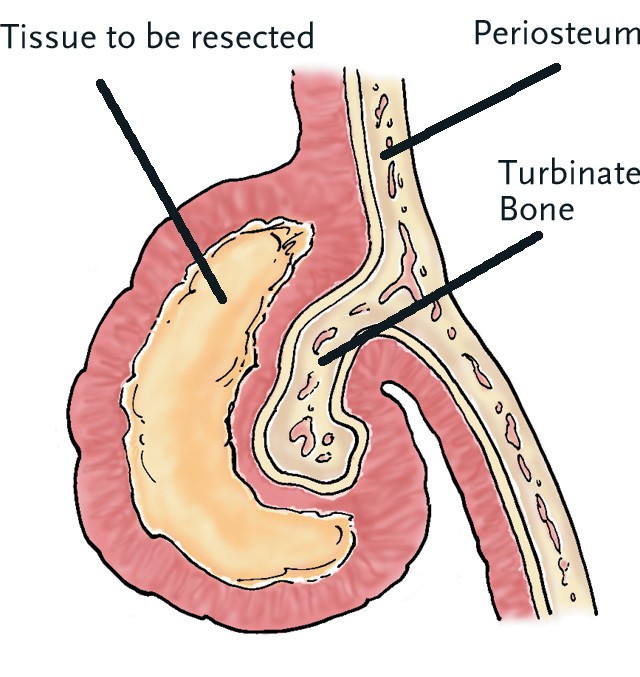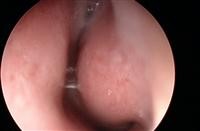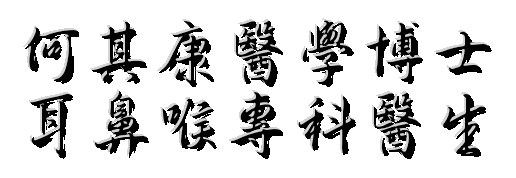Turbinates serves the function of filtration, heating and humidification of the nose. Allergic and inflammatory responses lead to swelling of turbinates and subsequent nasal obstruction. Topical nasal steroids or antihistamines can sometimes successfully reduce the size of turbinates in patients with allergic or chronic rhinitis. If medication fails, turbinate reduction procedure can be performed and is highly successful. It is often combined with septoplasty for coexisting deviated nasal septum.
Who needs the operation?
Hypertrophic inferior turbinates causing nasal obstruction
How is the procedure performed?
Mildly enlarged turbinates can be reduced with simple cautery or coblation of the soft tissue mucosa. Cold instruments are used to reduce the bony component of large turbinates. By using a submucous resection technique of preserving the overlying mucosa, scarring and crusting can be minimized postoperatively.
What are the potential complications?
Bleeding, pain, crusting, residual nasal obstruction (rare)
Kevin Ki-Hong Ho, MD
San Francisco
Ear, Nose & Throat Specialist
Golden Gate ENT
Kevin Ki-Hong Ho, MD
San Francisco
Ear, Nose & Throat Specialist
2017 Golden Gate ENT Corp. All rights reserved. Created by Kevin Ho, MD
Kevin Ki-Hong Ho, MD
San Francisco
Ear, Nose & Throat Specialist



